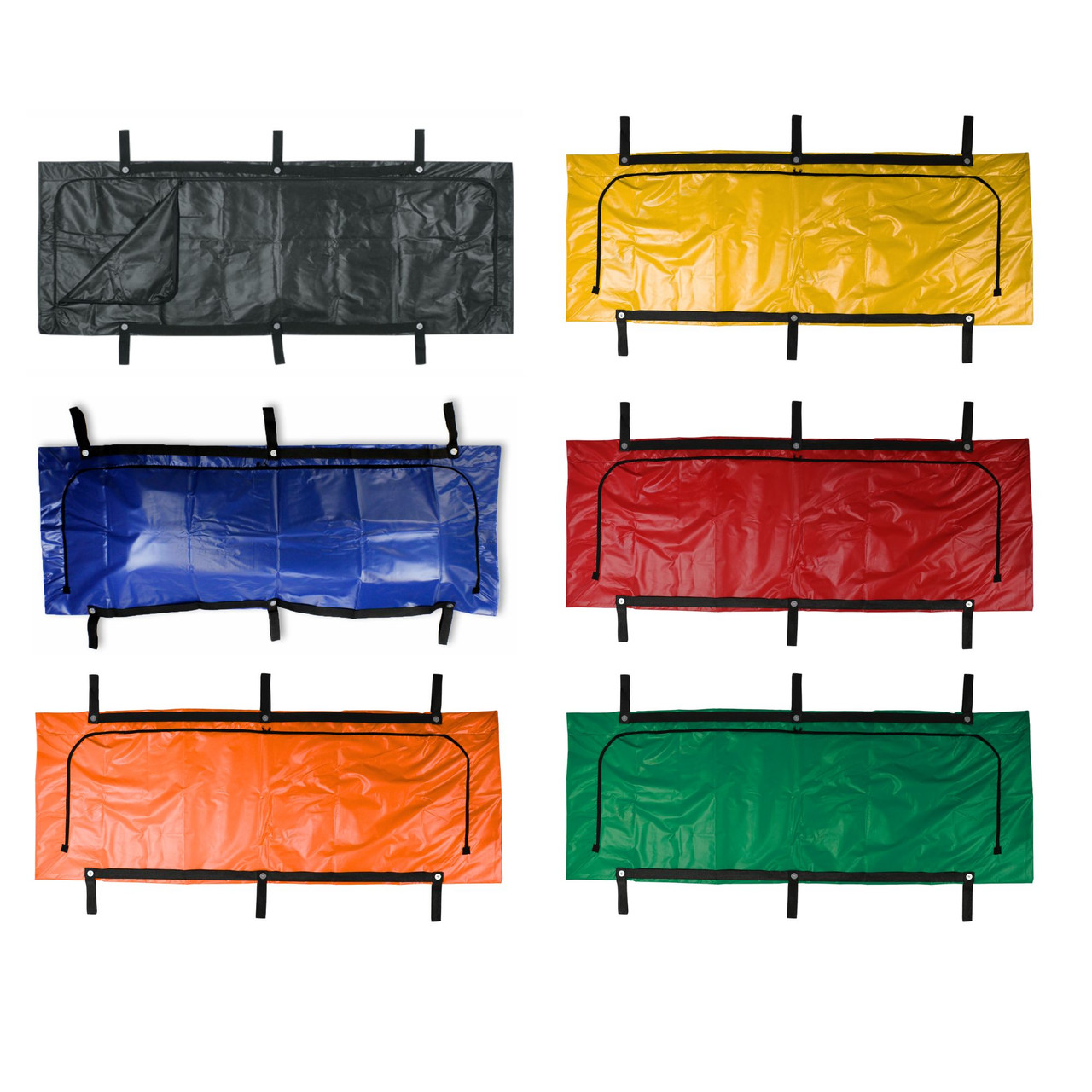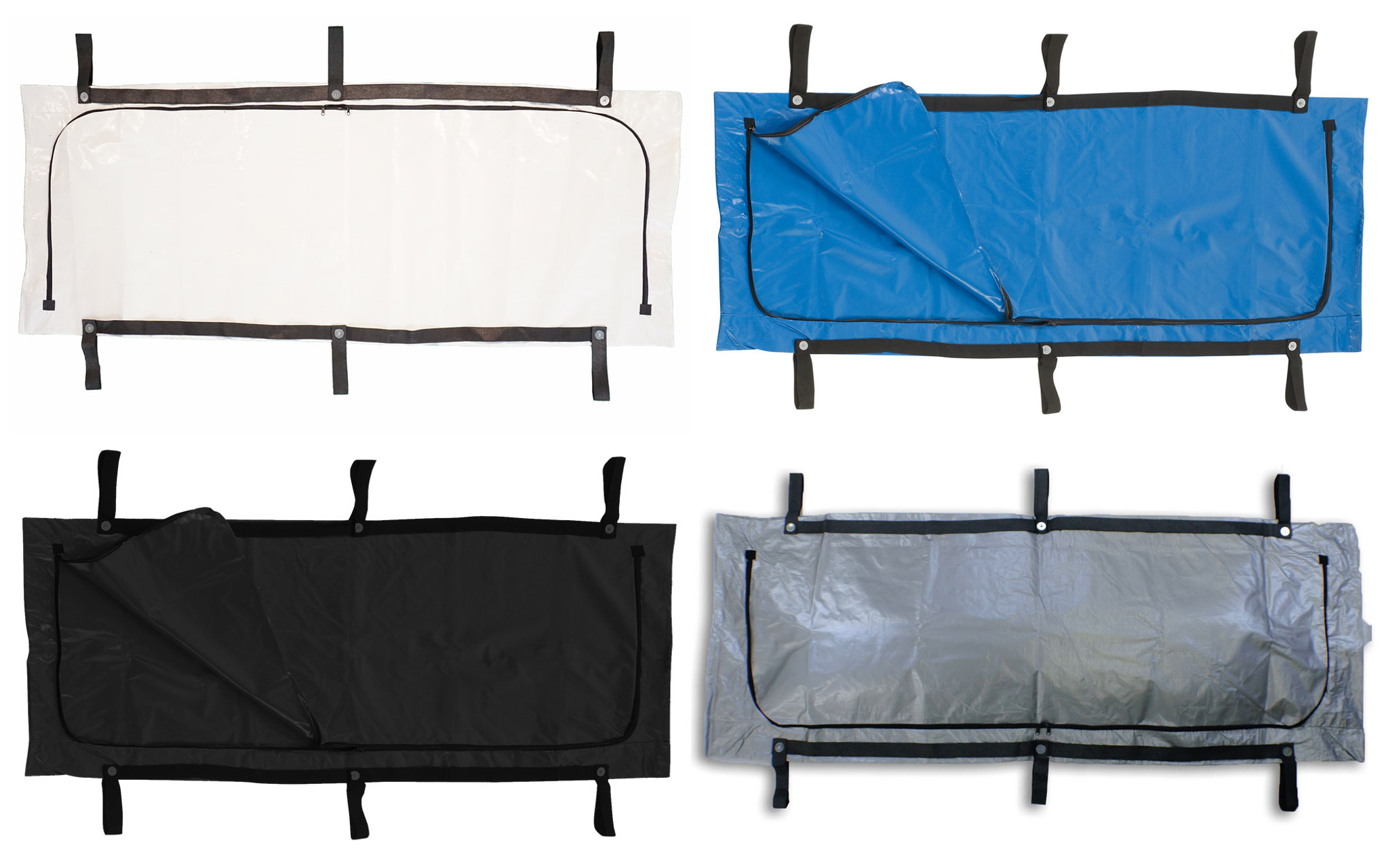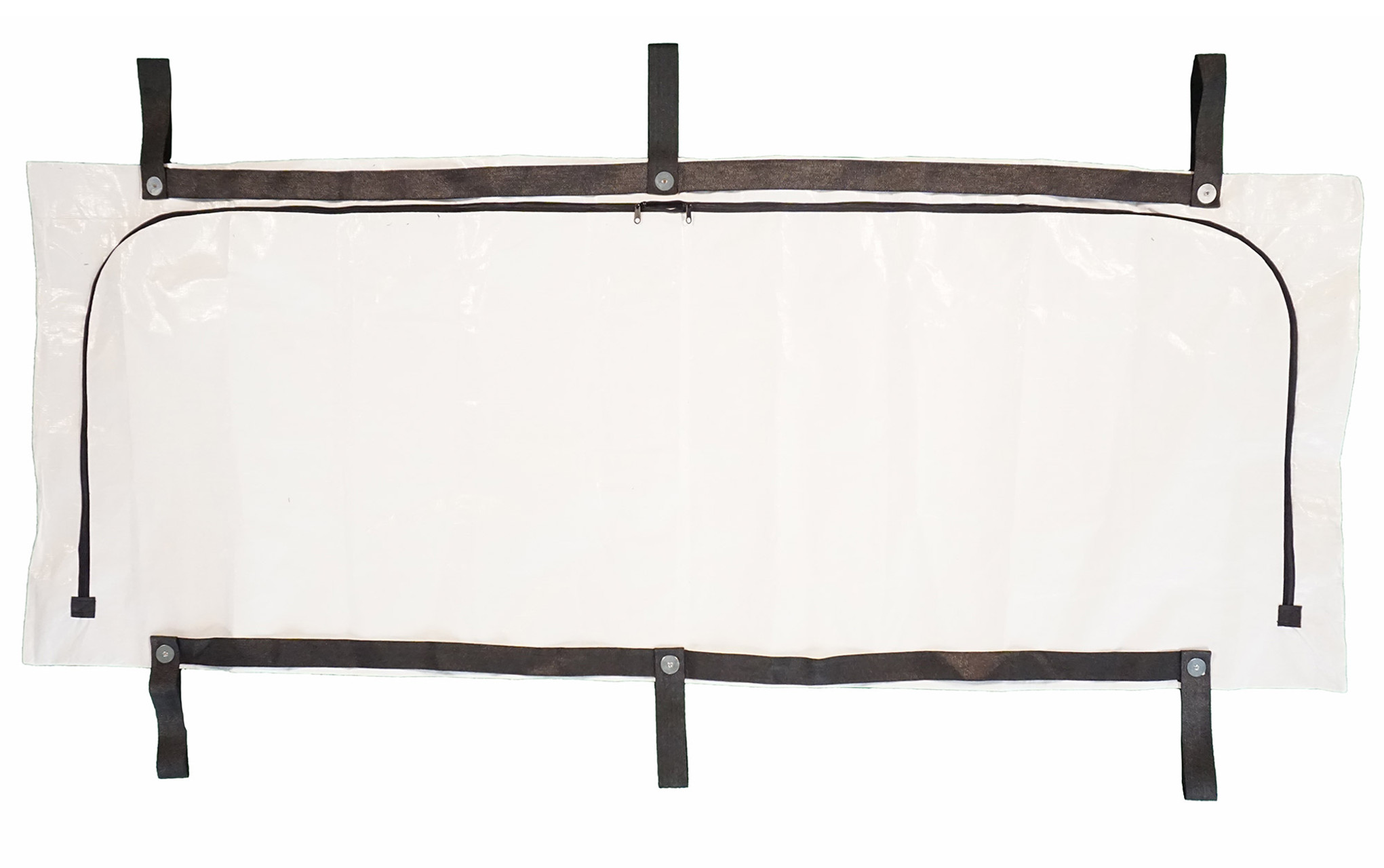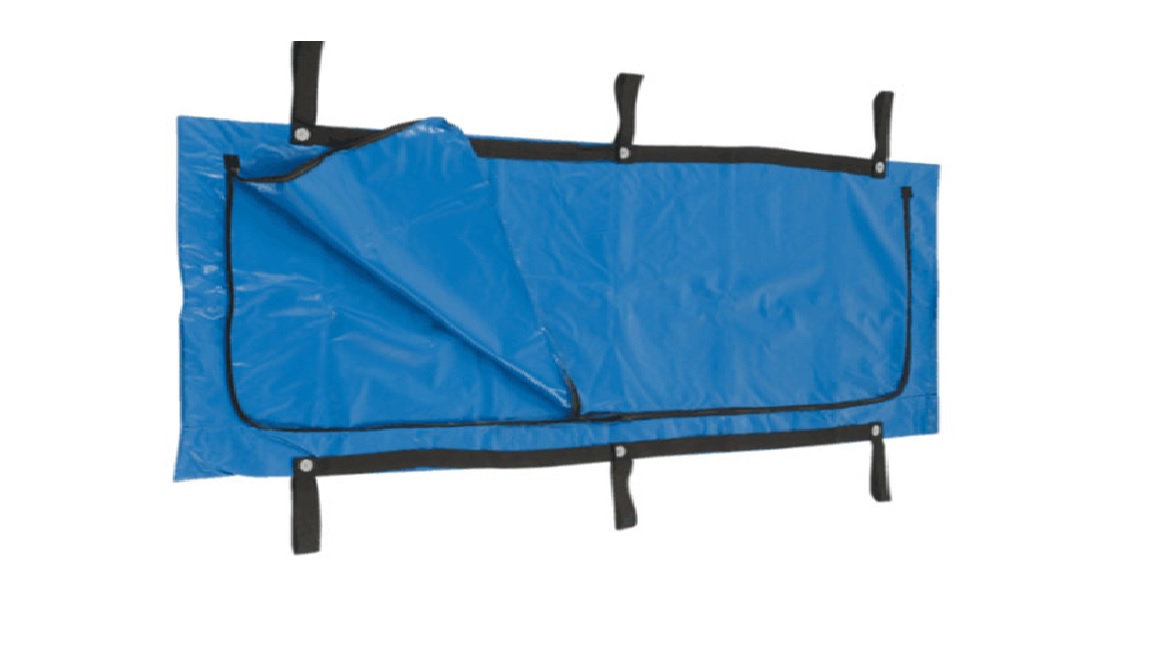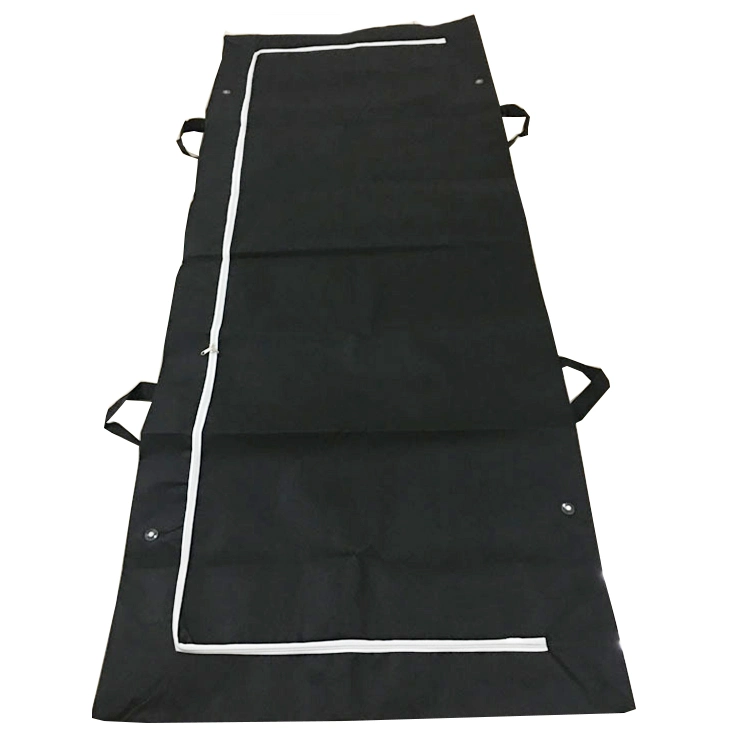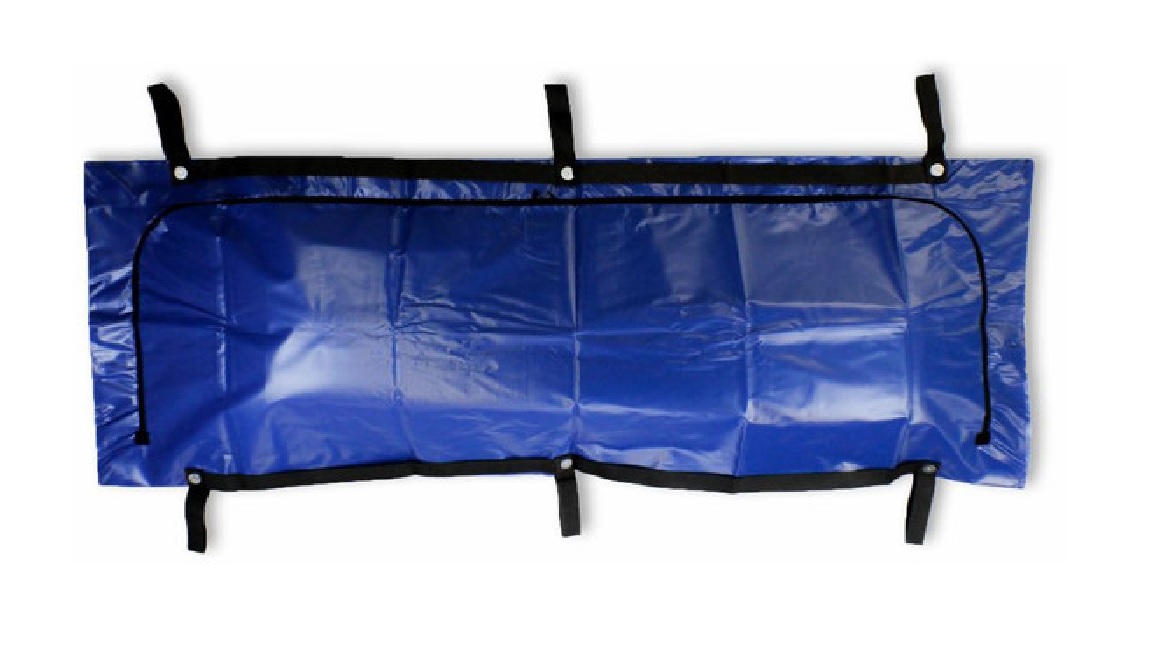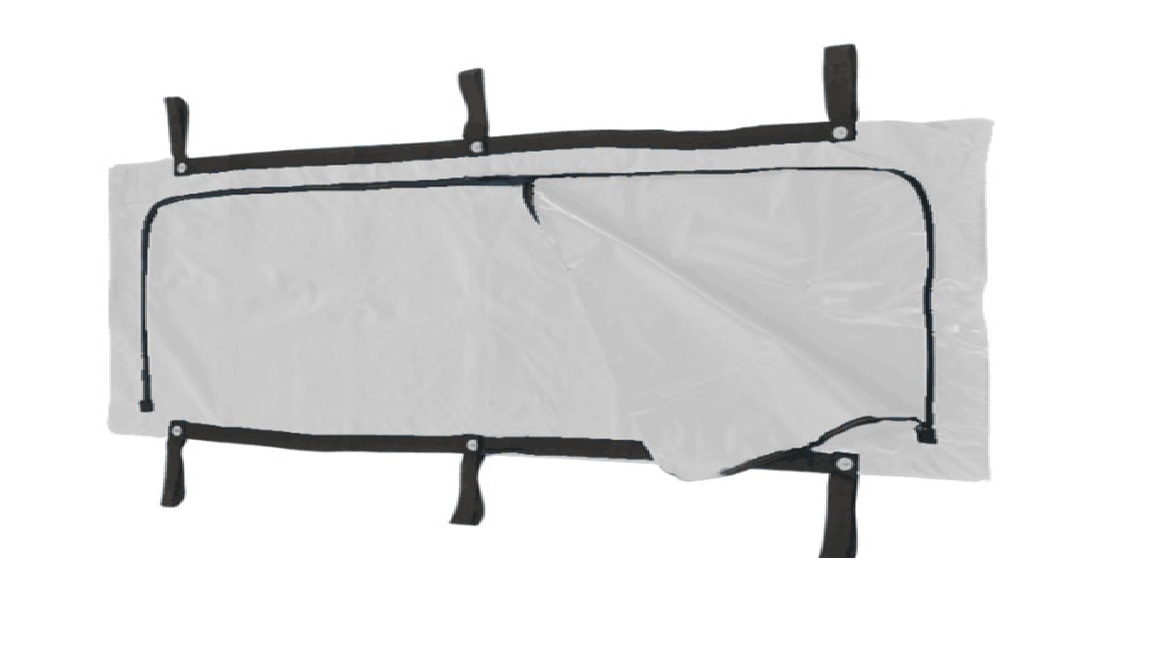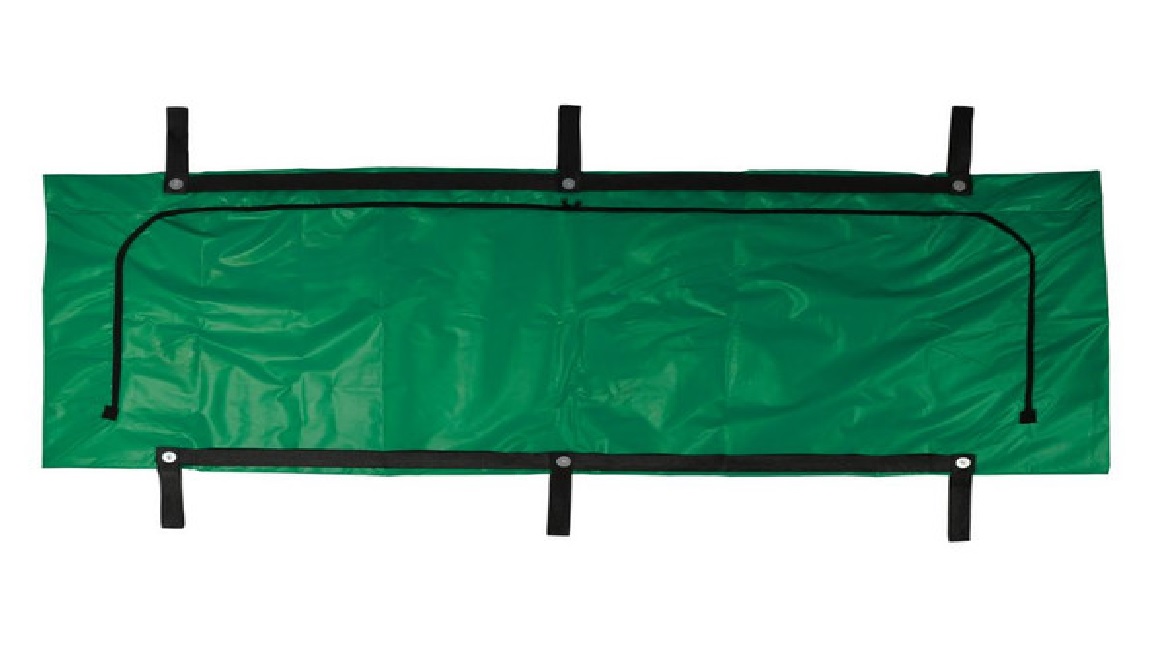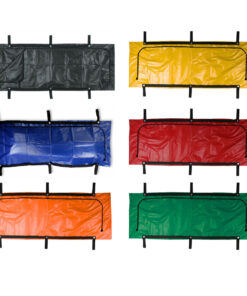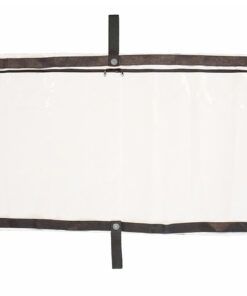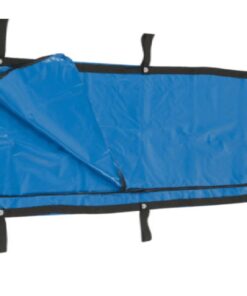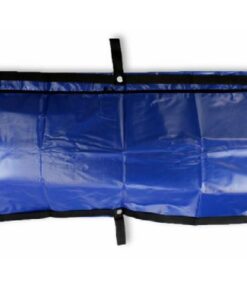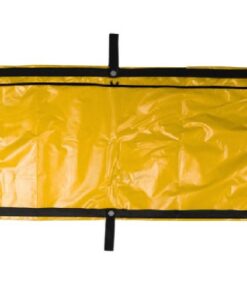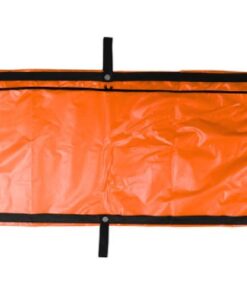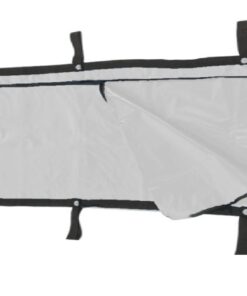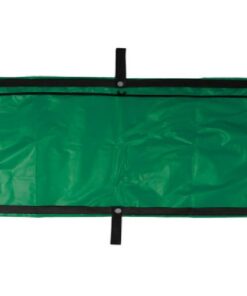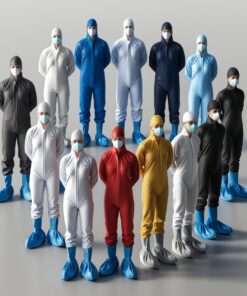Disposable body bags – LDPE Body bags – 160 micron infant
R132.70 Ex VAT
Disposable non woven shoe covers green XXX large
Types and Uses of Hospital Body Bags
Hospital body bags are essential for the dignified handling, transportation, and storage of deceased individuals in medical, forensic, and disaster management settings. They come in various types, designed to meet specific needs.
Types of Hospital Body Bags
-
Standard Body Bags
-
Material: PEVA (Polyethylene Vinyl Acetate) or PVC
-
Features: Waterproof, leak-proof, with strong zipper closure
-
Uses: General hospital and mortuary use
-
-
Heavy-Duty Body Bags
-
Material: Thick PVC or reinforced polyethylene
-
Features: Extra durability, high tear resistance, puncture-proof
-
Uses: Handling overweight bodies, forensic cases, disaster recovery
-
-
Biohazard Body Bags
-
Material: PVC with reinforced seams, labeled with biohazard symbols
-
Features: Resistant to fluid leakage, designed to contain infectious substances
-
Uses: Containing bodies infected with contagious diseases (e.g., Ebola, COVID-19)
-
-
Disaster Recovery Body Bags
-
Material: Heavy-duty polyethylene or vinyl
-
Features: Reinforced carrying handles, multiple zipper access points
-
Uses: Mass casualty incidents, emergency response
-
-
Military-Grade Body Bags
-
Material: Thick vinyl or nylon fabric with reinforced zippers
-
Features: Heavy-duty design for battlefield and disaster use
-
Uses: Military operations, emergency relief efforts
-
-
Child and Infant Body Bags
-
Material: Soft polyethylene or PVC
-
Features: Smaller sizes designed specifically for infants
-
Uses: Pediatric hospitals, neonatal wards, forensic cases
-
-
Transparent Body Bags
-
Material: Clear polyethylene
-
Features: Transparent for visual identification without unsealing
-
Uses: Forensic investigations, post-mortem examinations
-
-
Shroud Body Bags
-
Material: Biodegradable fabric or soft plastic
-
Features: Designed for religious burials, eco-friendly options available
-
Uses: Green burials, cultural or religious funeral practices
-
Uses of Hospital Body Bags
-
Hospitals & Mortuaries: Safe and hygienic storage of deceased individuals
-
Funeral Homes: Transporting bodies with dignity and discretion
-
Forensic Investigations: Preserving crime scene evidence and preventing contamination
-
Disaster & Emergency Response: Handling mass casualties efficiently
-
Biohazard Containment: Preventing the spread of infectious diseases
-
Military & Law Enforcement: Secure transportation of bodies in battlefield or crime scenes
-
Religious & Cultural Practices: Providing appropriate options for burial customs
Disposable non woven shoe covers green XXX large
Related products
Coveralls
Coveralls
Coveralls
Coveralls
Coveralls
Coveralls
Coveralls




